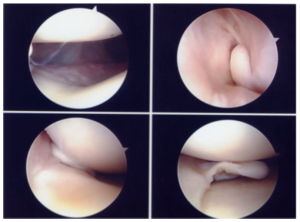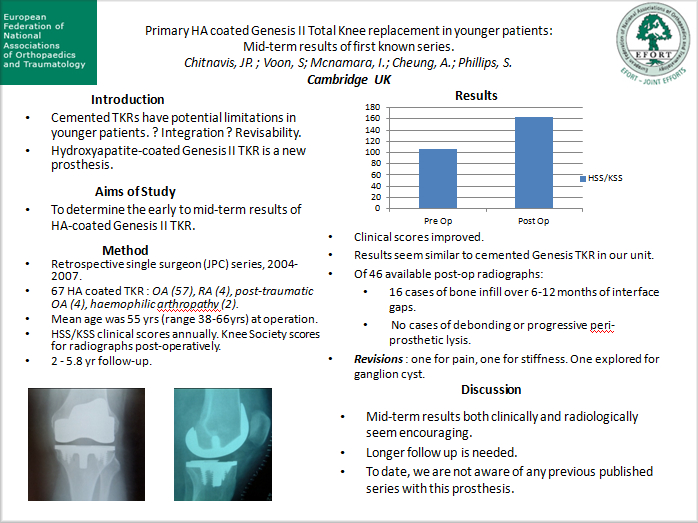Bipedalism has placed great demands on the middle articulation of the human lower limb.
The knee has to serve both as a stable pillar enabling erect stance…and as a rapidly moving
articulation allowing us to run at speed.
It will not come as a surprise to know that the knee is the joint most commonly injured in sport.
In terms of sheer numbers and economics, it is also the most important joint to develop
osteoarthritis.
At some point, one in five adults and one in twenty children will present as patients with knee
pain.
A survey of sporting injuries undertaken over 10 years noted that 40% were knee injuries. And
the adverse consequence of such trauma was greater than that to other injured joints.
A British survey from 1995 suggests that at least 2% of those over 55yrs of age are candidates for
knee replacement.
Read the full article here. This is a PDF file that will open in another window.

